Hi there, pet lovers! 🦎
If you’re captivated by the idea of owning a reptile that looks like it stepped straight out of the Jurassic era, the Black Throat Monitor might be on your radar. These impressive lizards are known for their size, intelligence, and commanding presence. However, they are not for the faint of heart or inexperienced reptile keepers. In this detailed review, we’ll explore everything you need to know about Black Throat Monitors, from their temperament and care requirements to their cost and availability. Whether you’re considering one as a pet or simply curious about these fascinating creatures, this guide will help you make an informed decision.
Overview
Black Throat Monitors (Varanus albigularis ionidesi) are one of the largest monitor lizard species, native to the savannahs and arid regions of East Africa. They are known for their striking appearance, intelligence, and complex care needs. Here’s a quick summary of what makes them stand out:
- Handling and Temperament: Challenging to handle due to their size and strength, but can be socialized with patience and consistency.
- Care and Maintenance: High-maintenance, requiring large enclosures, specific temperatures, and a varied diet.
- Health and Durability: Generally hardy but sensitive to improper care and environmental changes.
- Availability: Not as common as other reptiles, but captive-bred individuals are available through specialized breeders.
- Cost: Expensive to purchase and maintain, with significant upfront and ongoing costs.
- Overall: A rewarding pet for experienced reptile keepers with the resources and dedication to meet their needs.
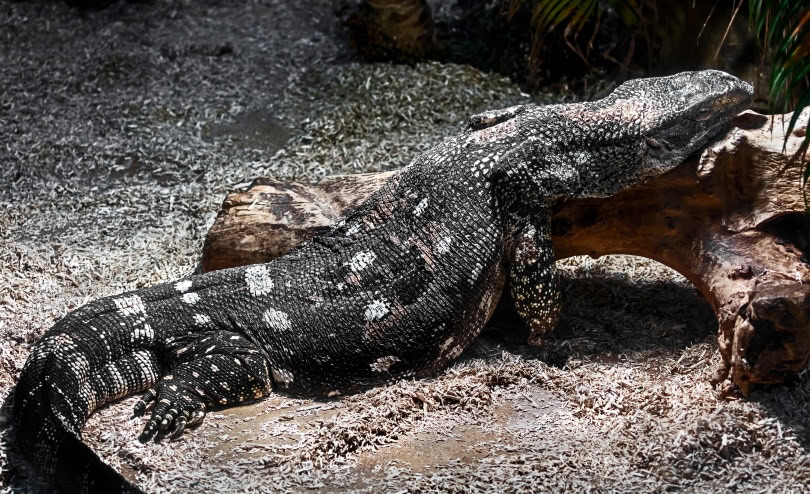
Why Choose a Black Throat Monitor?
Black Throat Monitors are ideal for those seeking a unique, intelligent, and awe-inspiring reptile. Their size and personality make them a standout pet, but they require a significant commitment in terms of space, time, and finances. They are not recommended for beginners but can be a fulfilling companion for seasoned reptile enthusiasts.
Handling and Temperament
Black Throat Monitors are not beginner-friendly reptiles. Their size alone—reaching up to 7 feet in length and weighing around 60 pounds—makes handling a physical challenge. Additionally, their intelligence and natural wariness of humans mean they require careful socialization from a young age to build trust.
Personality Variations
- Some Black Throat Monitors can become quite tame with consistent, gentle handling.
- Others may remain skittish or defensive, especially if not socialized properly.
- Their behavior as juveniles often reflects their adult temperament, so a calm baby is more likely to remain calm as it grows.
Handling Tips
- Start Early: Begin handling them when they are young to build trust and familiarity.
- Be Gentle: Avoid sudden movements or rough handling, as this can stress the lizard.
- Respect Their Space: Even a well-socialized monitor can become defensive if it feels threatened. Always approach with caution.
- Watch for Body Language: Monitors are excellent at communicating their mood. Puffing up, arching their back, or whipping their tail are signs of stress or aggression.
Biting and Defensive Behaviors
While Black Throat Monitors are not inherently aggressive, they have powerful jaws and sharp claws that can cause serious injury if they feel threatened. Bites are rare but can be severe, so handling should always be done with care and respect for the animal’s boundaries.
Care and Maintenance
Caring for a Black Throat Monitor is a significant undertaking. These lizards require a lot of space, specific environmental conditions, and a varied diet to thrive.
Enclosure Setup
- Size: A custom-built enclosure is essential. For an adult, the enclosure should be at least 8 feet long, 4 feet wide, and 4 feet tall. Larger is always better.
- Climbing and Digging Space: Provide plenty of branches, rocks, and deep substrate (at least 12 inches) to allow for natural behaviors like climbing and burrowing.
- Substrate: Use a mix of coconut fiber, topsoil, and sand to create a substrate that holds burrows and maintains humidity.
- Hiding Spots: Include multiple hides to help the monitor feel secure.
Temperature and Humidity
- Basking Spot: Maintain a basking temperature of 120–130°F.
- Ambient Temperature: Keep the enclosure between 80–85°F during the day, with a slight drop at night.
- Humidity: Aim for 50–70% humidity, which can be achieved with regular misting and a large water bowl.
Feeding
- Diet: Black Throat Monitors are carnivores and require a varied diet of whole prey, including rodents, birds, fish, and insects.
- Supplements: Dust prey items with calcium and multivitamin supplements to prevent nutritional deficiencies.
- Feeding Schedule: Juveniles should be fed daily, while adults can be fed every 2–3 days.
Lighting
- Provide UVB lighting to support calcium metabolism and overall health. Mercury vapor bulbs are an excellent choice as they provide both heat and UVB.
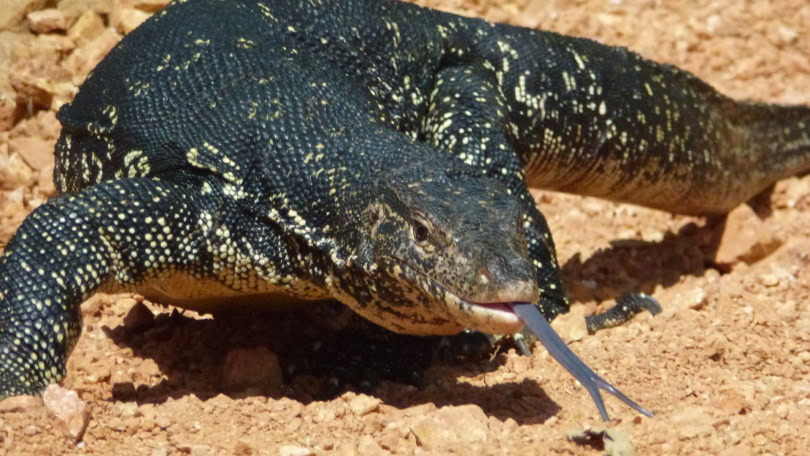
Health and Durability
Black Throat Monitors are generally hardy when provided with proper care, but they are sensitive to environmental changes and improper diets.
Common Health Issues
- Metabolic Bone Disease (MBD): Caused by insufficient calcium or UVB exposure.
- Respiratory Infections: Often due to incorrect humidity or poor ventilation.
- Obesity: A risk if the lizard is overfed or lacks sufficient space to exercise.
Preventative Care
- Maintain proper temperature and humidity levels.
- Provide a balanced diet with appropriate supplements.
- Schedule regular check-ups with a reptile-savvy veterinarian.
With proper care, Black Throat Monitors can live 15–20 years or more, making them a long-term commitment.
Availability and Cost
Black Throat Monitors are not as common as other reptiles, but they are available through specialized breeders and reptile expos.
Where to Buy
- Breeders: The best option, as they can provide healthy, well-socialized juveniles.
- Reptile Expos: A great place to meet breeders and see the lizards in person.
- Pet Stores: Rarely carry Black Throat Monitors, and captive-bred individuals are preferred over wild-caught ones.
Cost
- Initial Purchase: Juveniles typically cost between $500 to $1,500, depending on their size and source.
- Enclosure and Setup: Expect to spend several thousand dollars on a custom enclosure, lighting, and other supplies.
- Ongoing Costs: Food, supplements, and veterinary care can add up quickly, making this a high-maintenance pet.
Pros and Cons
Pros
- Impressive size and appearance.
- Intelligent and can be socialized with consistent handling.
- Long lifespan with proper care.
Cons
- High upfront and ongoing costs.
- Requires a massive enclosure and specific environmental conditions.
- Not suitable for beginners or those unfamiliar with large reptiles.
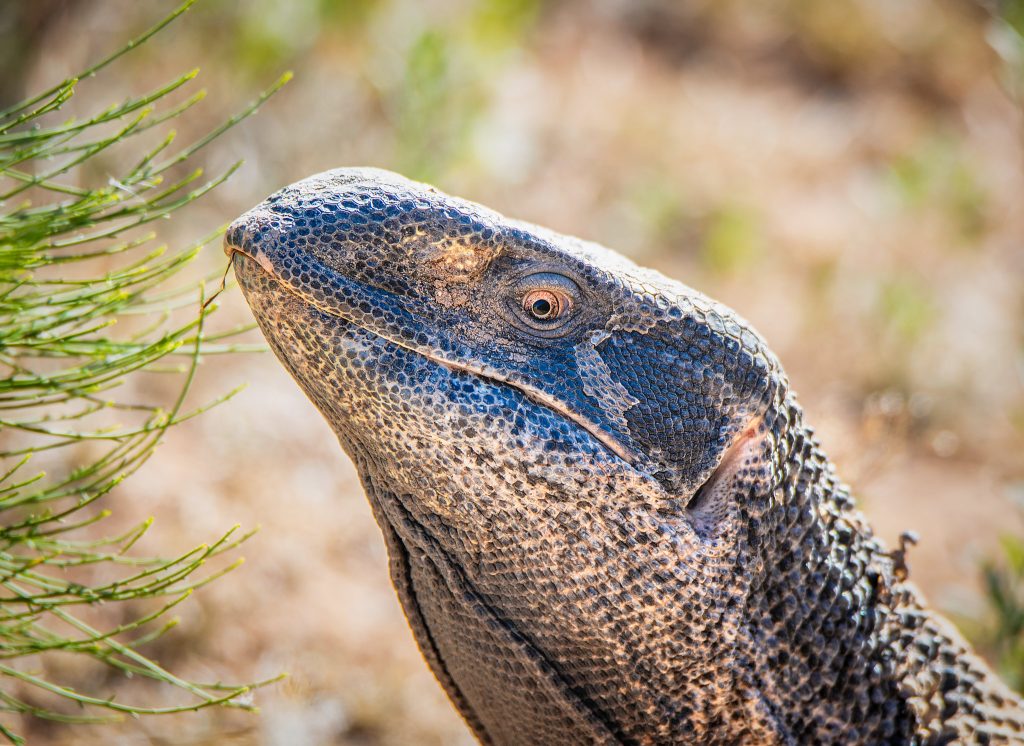
Final Thoughts
Black Throat Monitors are undeniably fascinating reptiles that can make a rewarding pet for the right owner. However, their care requirements, size, and cost make them best suited for experienced reptile keepers with the resources and dedication to meet their needs. If you’re prepared for the challenge, a Black Throat Monitor can be a captivating and awe-inspiring addition to your life.
For those new to reptiles or looking for a more manageable pet, consider starting with a smaller, more beginner-friendly species. But if you’re ready to take on the responsibility, the Black Throat Monitor is a truly remarkable lizard that will leave a lasting impression.
Have you owned or considered owning a Black Throat Monitor? Share your experiences and tips in the comments below! We’d love to hear how you care for your monitor and what makes them special to you.
For more reptile care tips and reviews, stay tuned to our blog and don’t forget to subscribe to our newsletter! 🦎

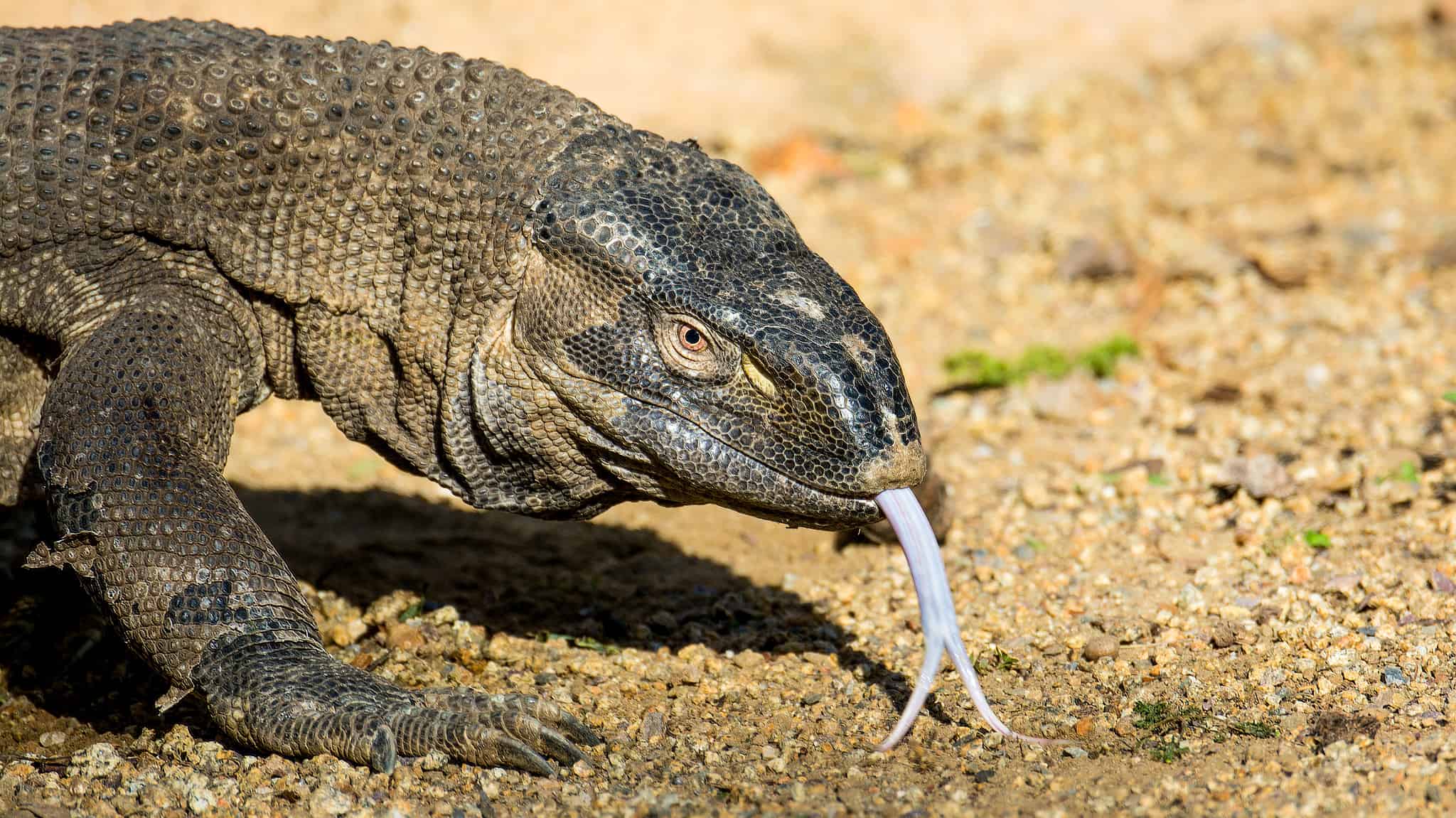

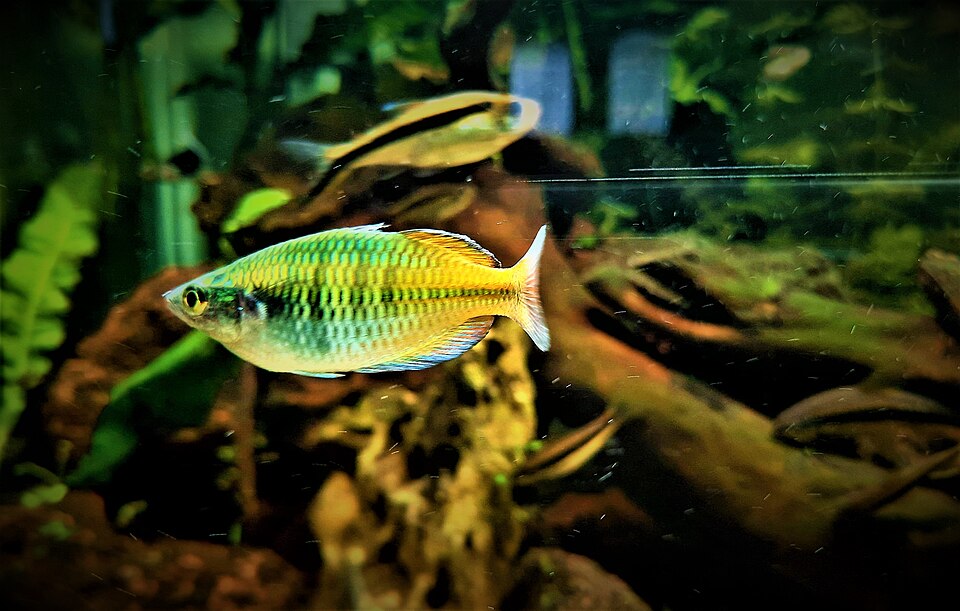
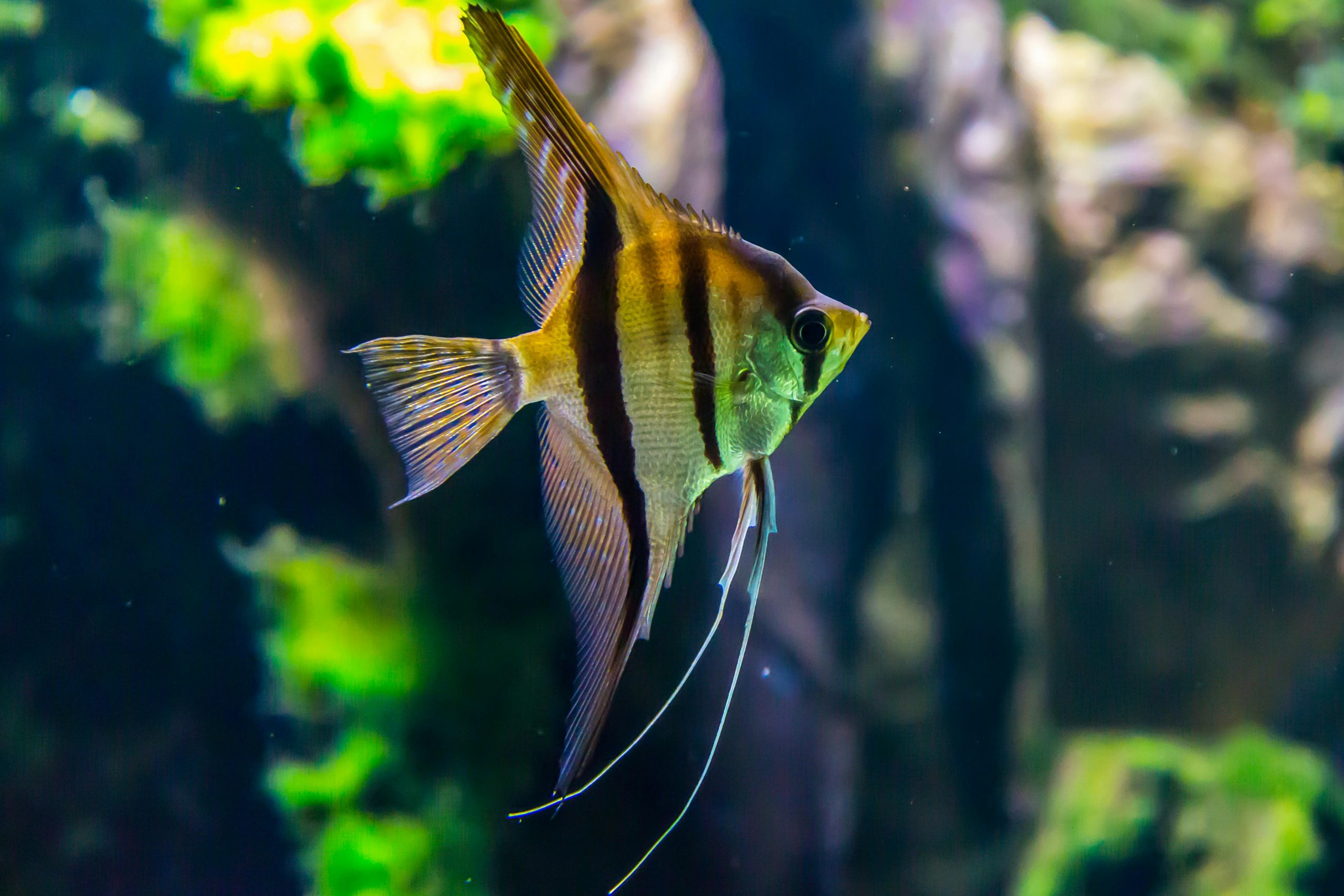
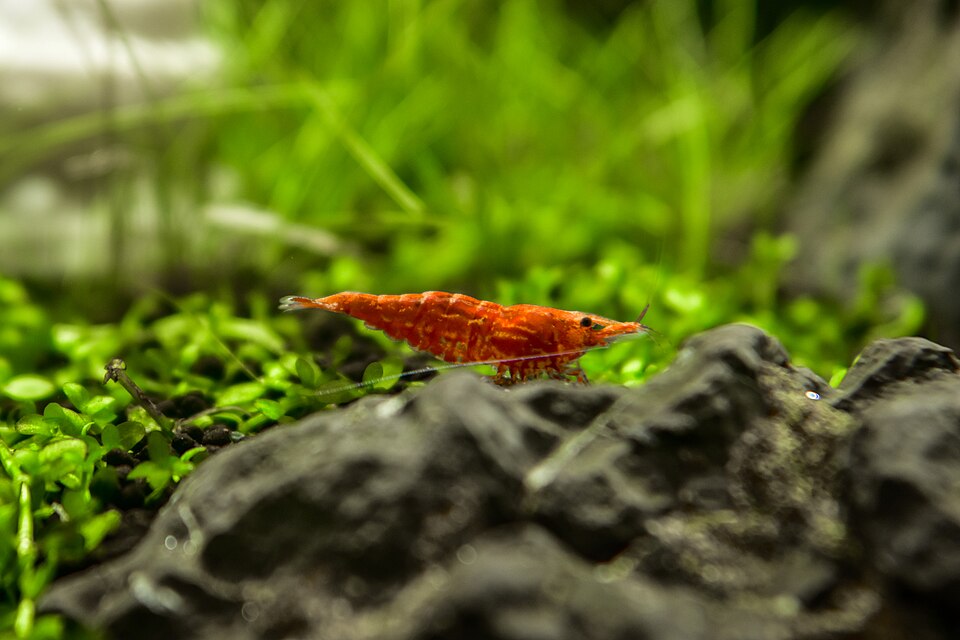

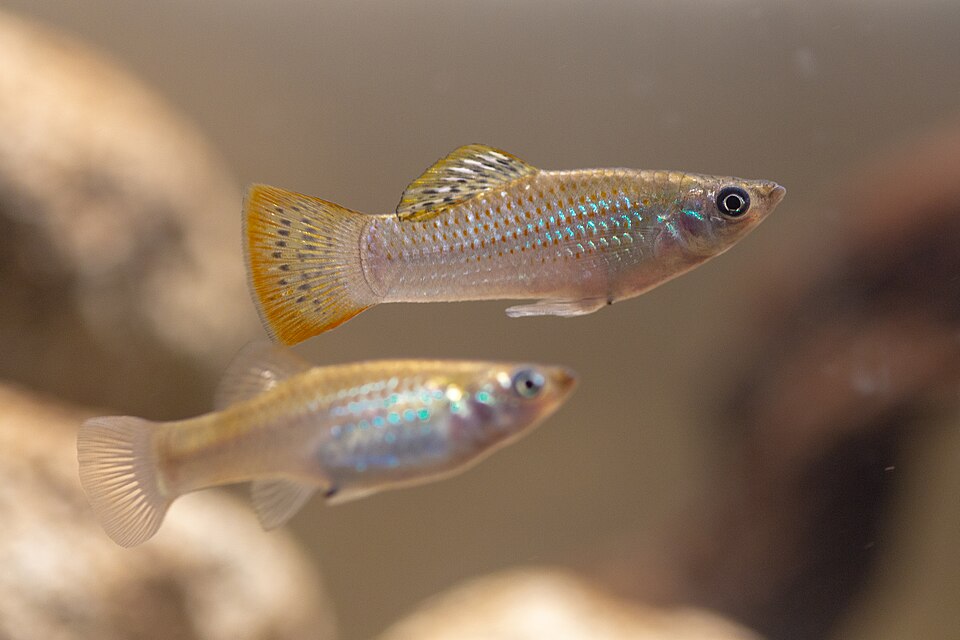
Leave a Reply